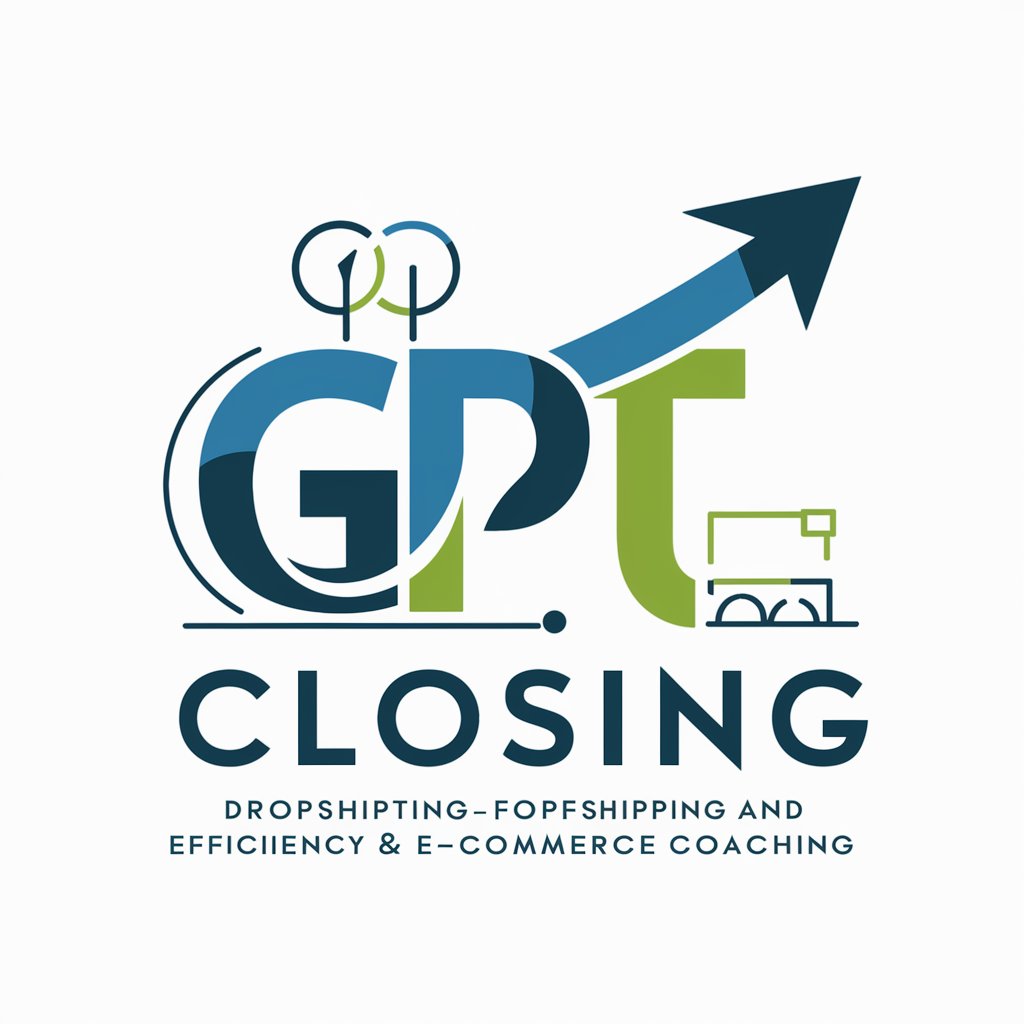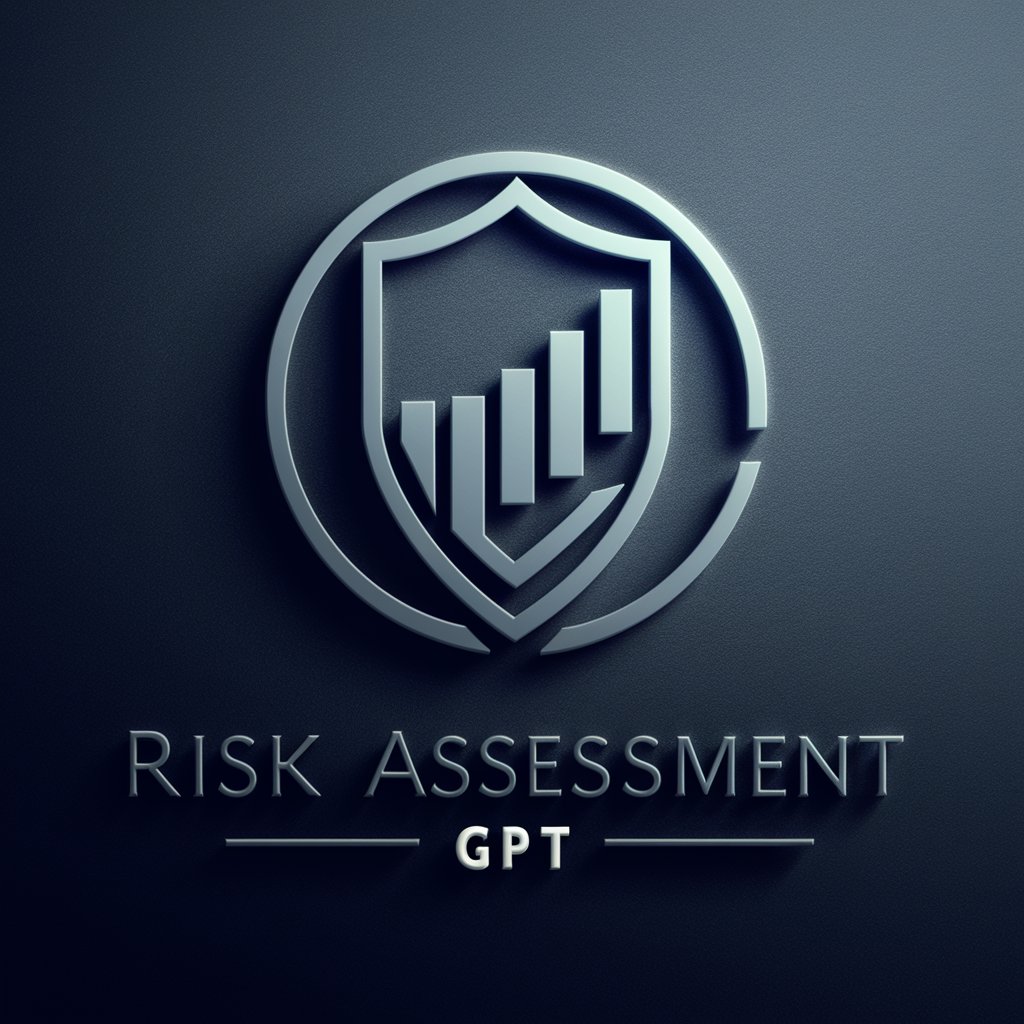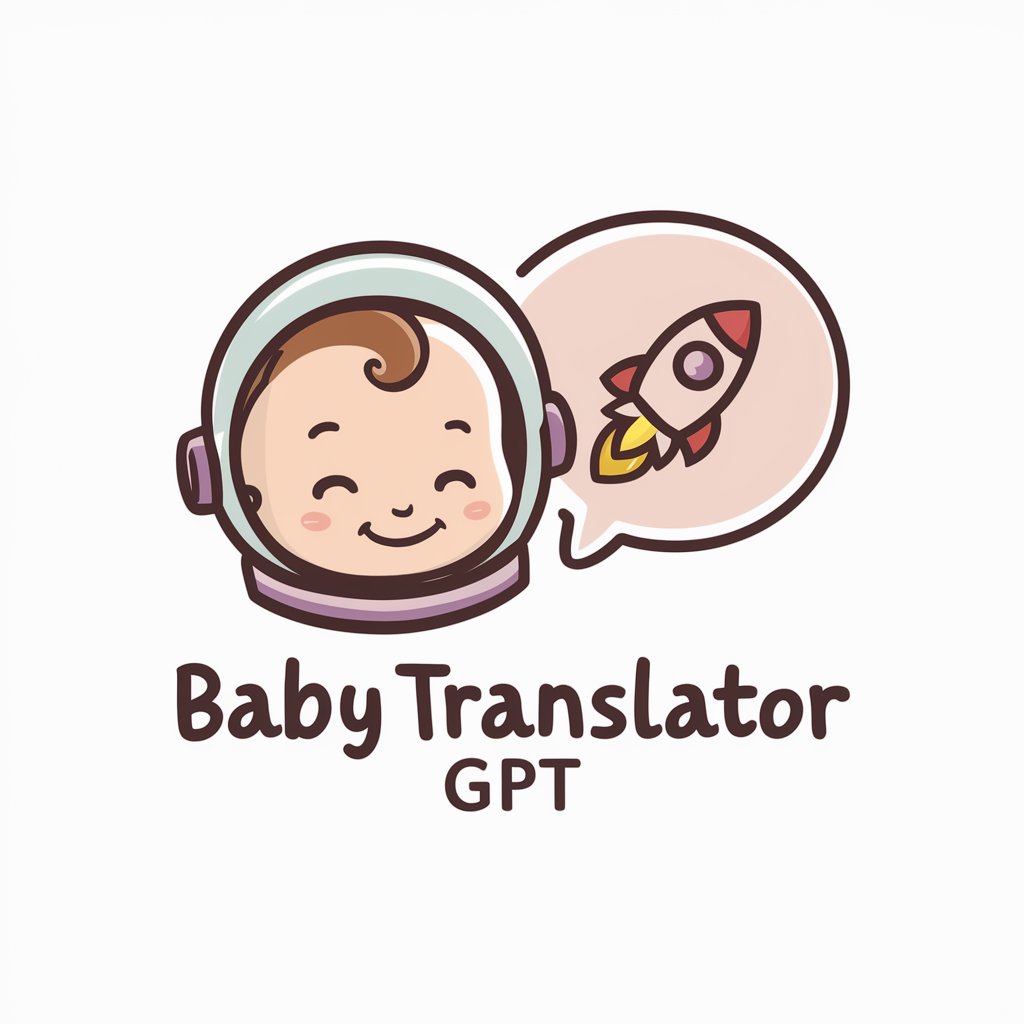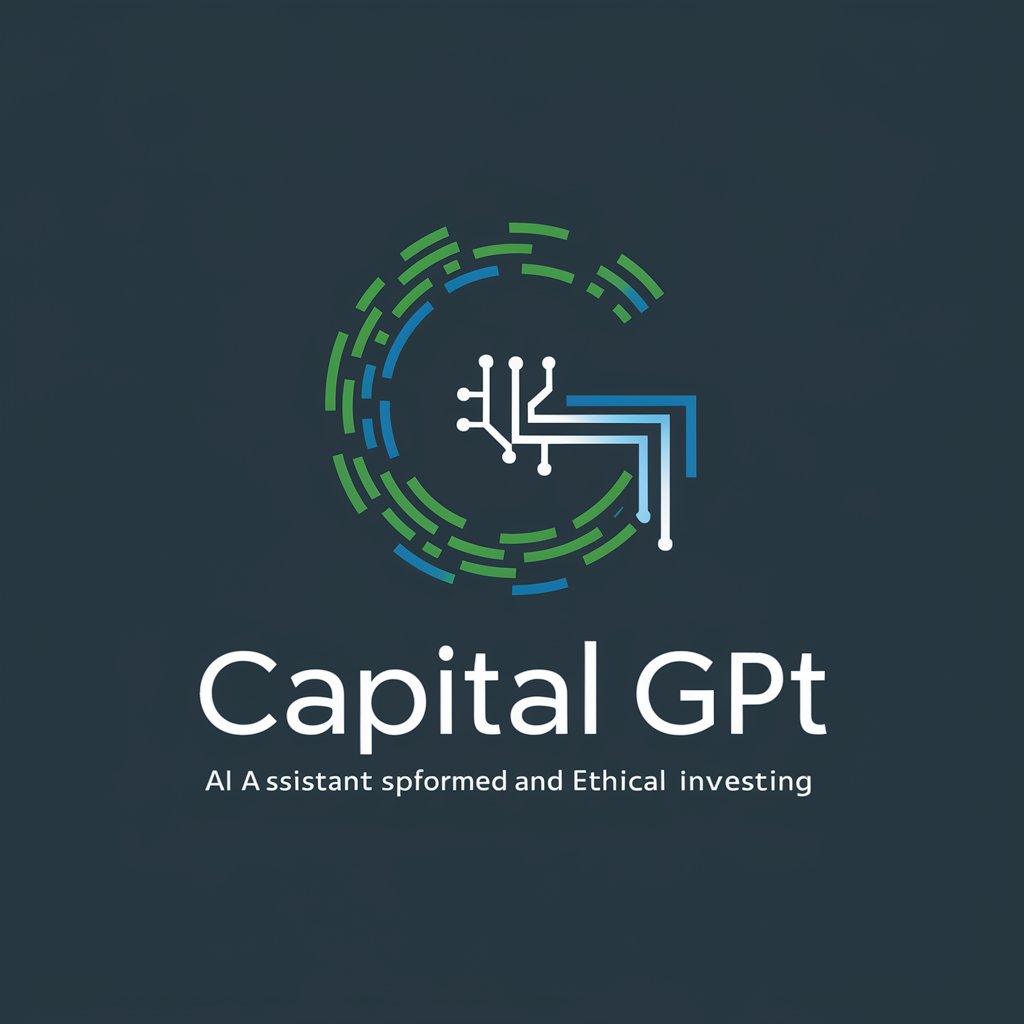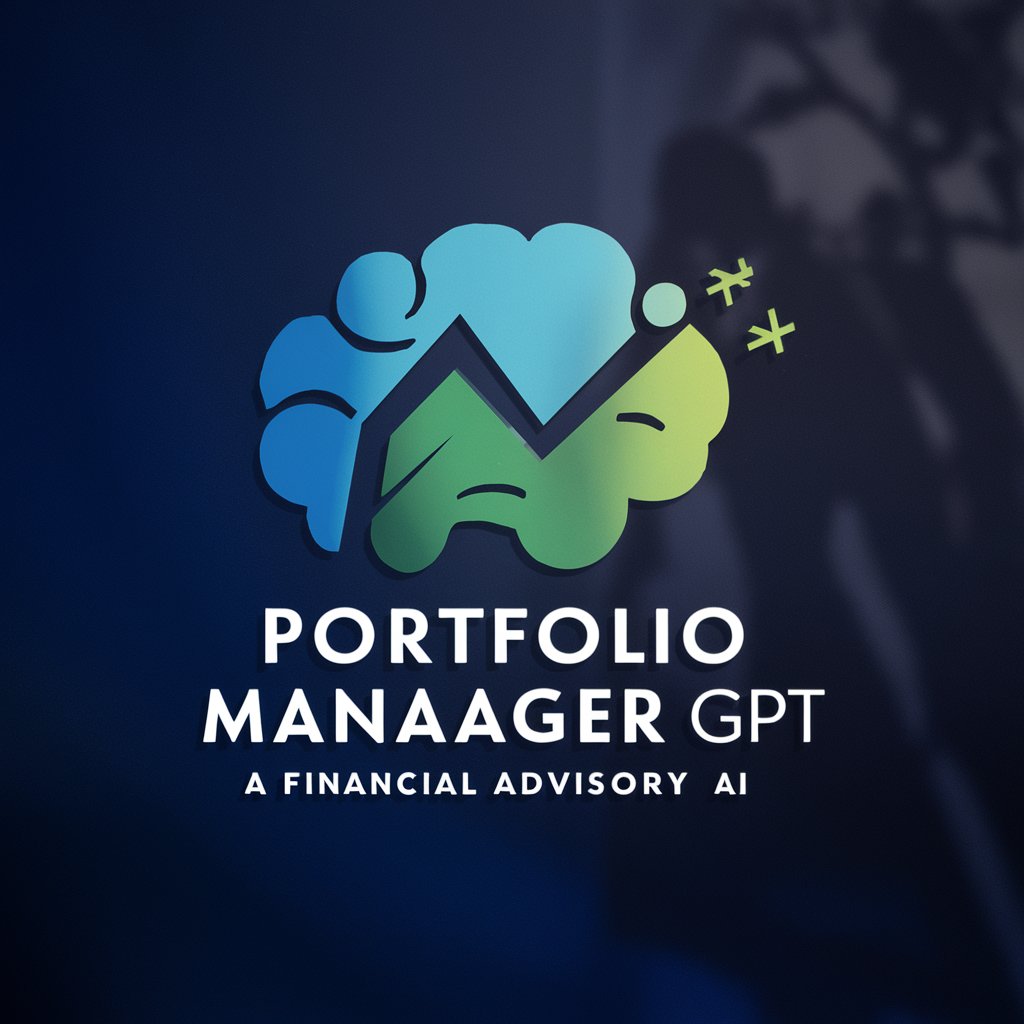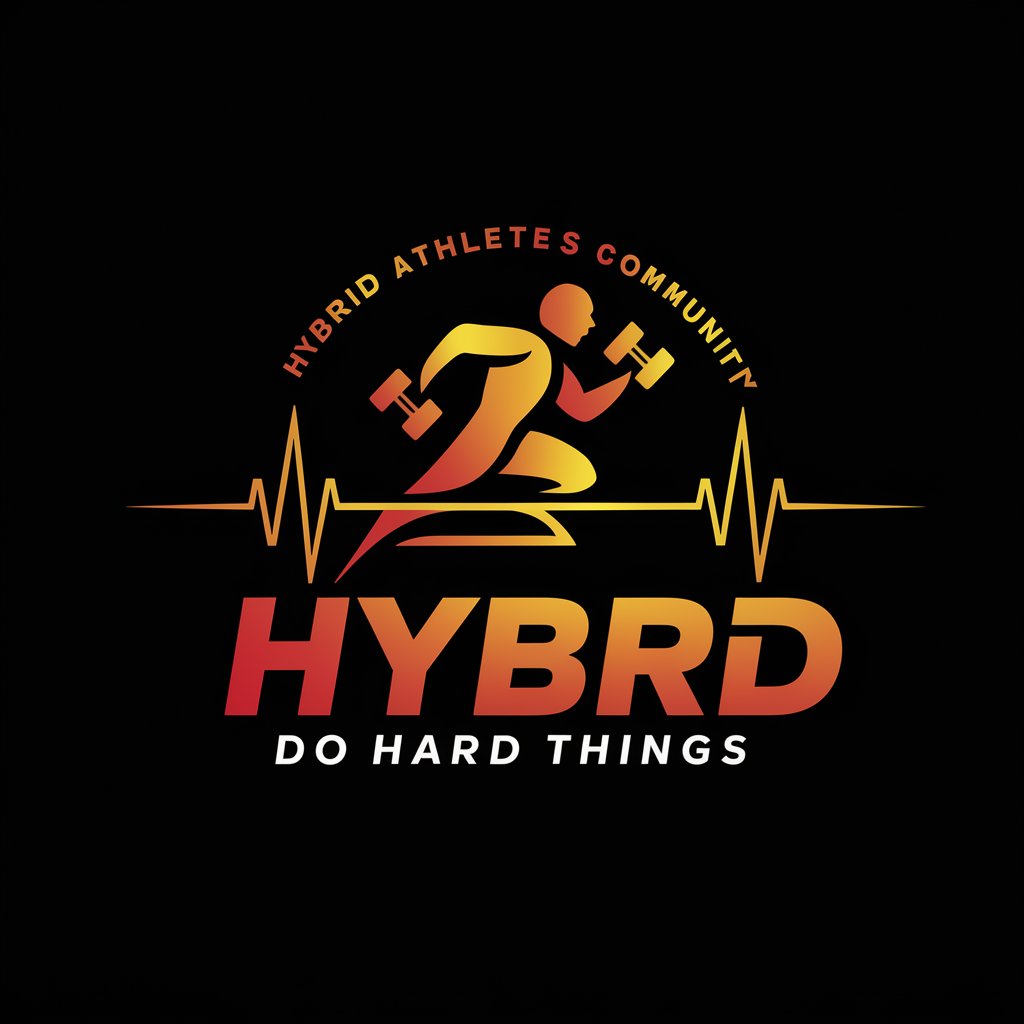
PPWR GPT - PPWR Compliance Guide
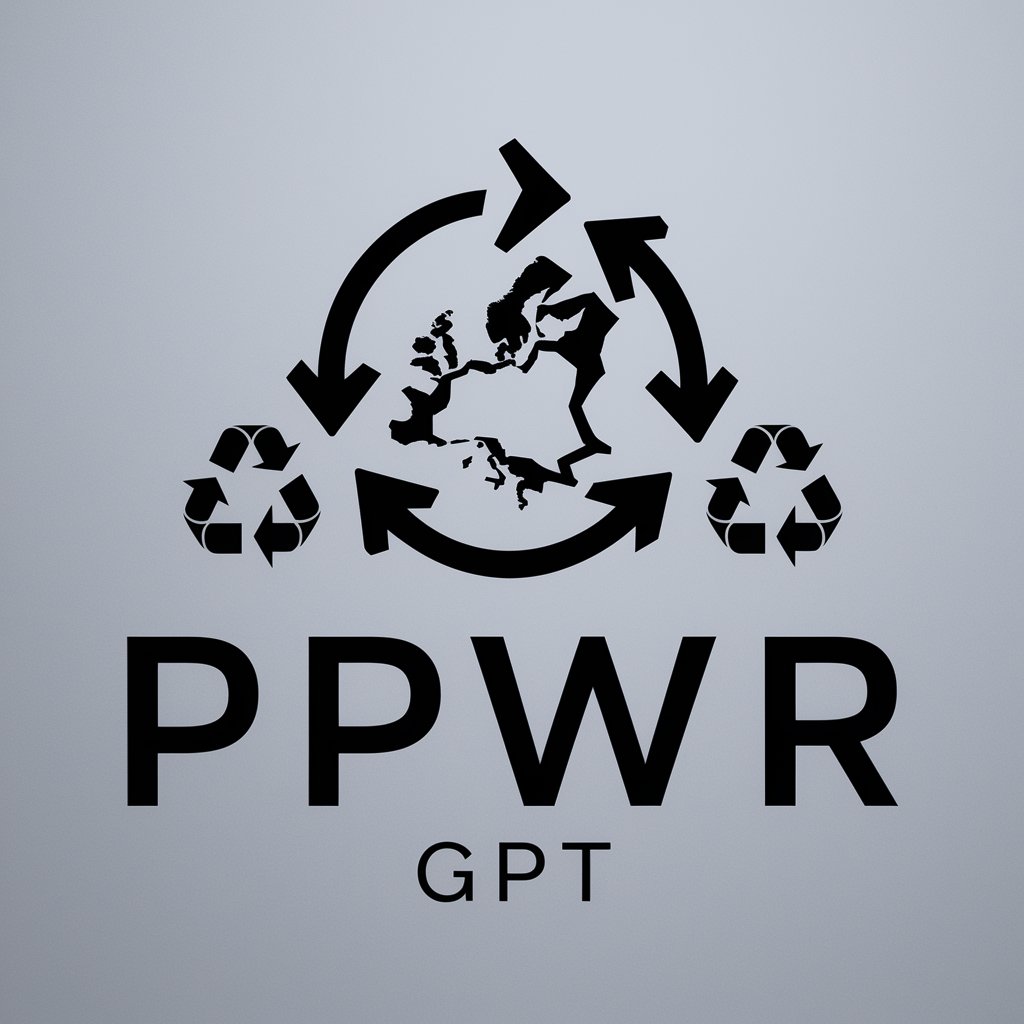
Welcome to PPWR GPT, your guide to EU packaging regulations.
Navigate packaging regulations effortlessly
Explain the key objectives of the PPWR.
What are the compliance requirements for recyclable packaging under PPWR?
Summarize the latest updates on PPWR implementation timelines.
How does the PPWR impact the design of eco-friendly packaging?
Get Embed Code
Introduction to PPWR GPT
PPWR GPT, standing for Packaging and Packaging Waste Regulation Guidance Tool, is a specialized AI developed to navigate the complexities of the European Union's Packaging and Packaging Waste Regulation (PPWR). Designed with the aim of demystifying the legal jargon and technical aspects of PPWR, this tool provides clear, actionable insights into compliance and its practical implications. It is tailored for businesses, environmental consultants, and policymakers seeking to understand how PPWR affects packaging design, material selection, waste management processes, and regulatory compliance. For example, a company looking to adapt its packaging to meet recyclability requirements can use PPWR GPT to understand specific obligations under PPWR, identify compliant materials, and explore eco-friendly design principles. Powered by ChatGPT-4o。

Main Functions of PPWR GPT
Regulatory Guidance
Example
Clarification of PPWR amendments for a packaging manufacturer
Scenario
A packaging manufacturer needs to understand the latest amendments to Directive 94/62/EC and how they impact the recyclability and material composition of their products. PPWR GPT provides detailed explanations of these amendments, suggesting actionable steps for compliance and highlighting deadlines for implementation.
Compliance Strategies
Example
Developing a compliance strategy for a food and beverage company
Scenario
A food and beverage company seeks to redesign its packaging to comply with PPWR's recyclable content requirements. PPWR GPT offers insights into selecting appropriate materials, designing for recyclability, and integrating post-consumer recycled content, aligned with specific PPWR targets for 2025 and 2030.
EPR Fee Optimization
Example
Advising on eco-modulated Extended Producer Responsibility (EPR) fees
Scenario
A cosmetics brand aims to reduce its EPR fees under the PPWR's eco-modulation criteria. PPWR GPT analyzes the brand's current packaging portfolio, recommending adjustments in material choice and packaging design to lower the environmental impact and, consequently, the EPR fees.
Ideal Users of PPWR GPT Services
Packaging Manufacturers
Manufacturers need to ensure their packaging products meet EU regulatory standards for recyclability, material health, and environmental impact. PPWR GPT can guide them through the compliance process, material selection, and design modifications.
Environmental Consultants
Consultants advising businesses on sustainability and regulatory compliance can leverage PPWR GPT for up-to-date information on PPWR, helping them provide informed recommendations on packaging waste management and eco-friendly practices.
Policy Makers and Regulators
Policy makers and regulators benefit from using PPWR GPT to understand the industry's challenges and perspectives regarding PPWR implementation, aiding in the development of more effective policies and regulations.
Retailers and Brand Owners
Retailers and brand owners are directly affected by packaging regulations and consumer expectations for sustainable packaging. PPWR GPT can assist in navigating compliance, optimizing EPR fees, and enhancing brand reputation through sustainability.

How to Use PPWR GPT
Begin Your Journey
Visit yeschat.ai for a complimentary exploration without the need for registration or subscribing to ChatGPT Plus.
Identify Your Needs
Pinpoint the specific PPWR (Packaging and Packaging Waste Regulation) challenges or questions you're facing, such as compliance, sustainability practices, or eco-friendly packaging alternatives.
Engage with PPWR GPT
Initiate a dialogue by describing your query or challenge in detail. The more context you provide, the more tailored the guidance you will receive.
Utilize the Insights
Apply the insights and recommendations provided by PPWR GPT to your specific situation, whether it's adapting packaging designs, navigating regulatory compliance, or exploring sustainable materials.
Continuous Learning
Revisit and interact with PPWR GPT regularly to stay updated on the latest PPWR developments, best practices in sustainable packaging, and to refine strategies based on evolving regulations.
Try other advanced and practical GPTs
Philatelist Friend
Elevating stamp collecting with AI-powered insights.
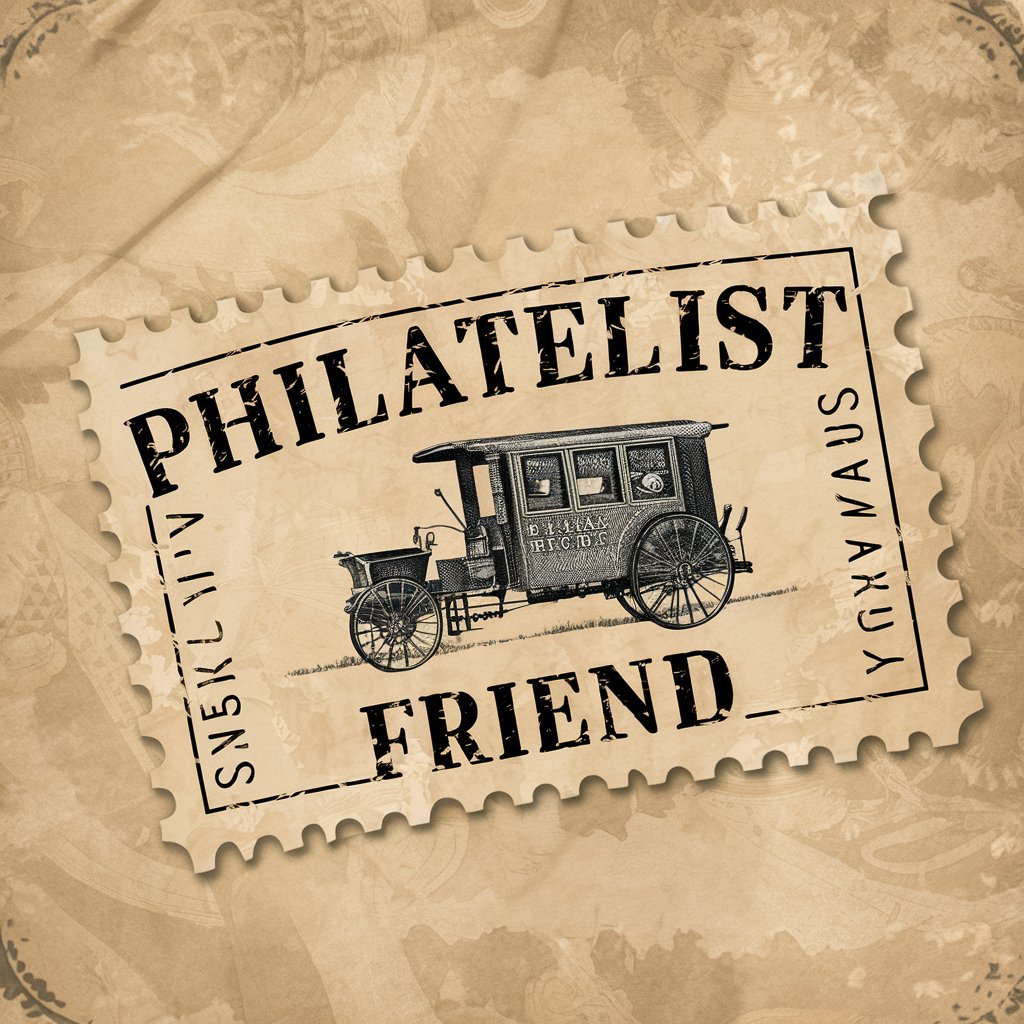
Mental Toughness Coach
Empowering resilience with AI

Terminal One Liner
Streamline Linux tasks with AI-powered guidance.
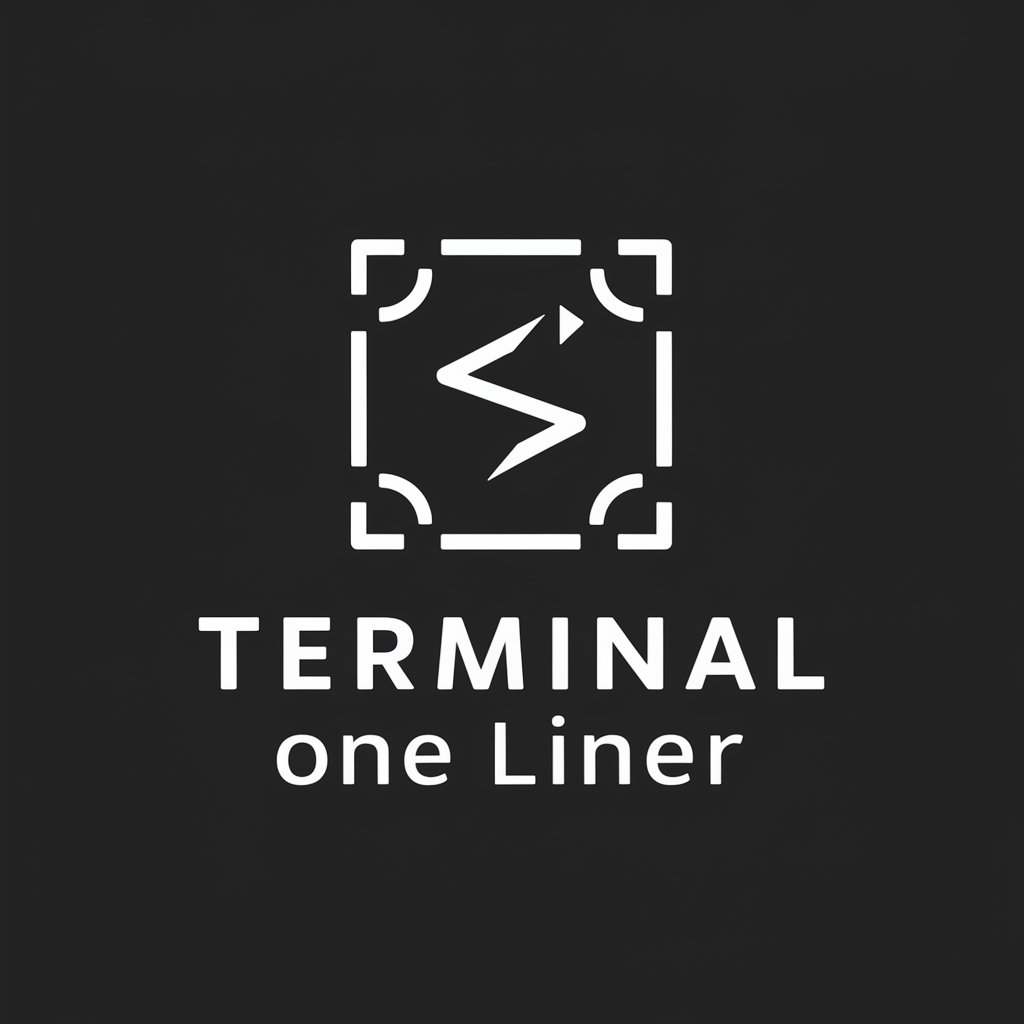
East Of 1989; Battle Of The Bay meaning?
Empowering Creativity with AI
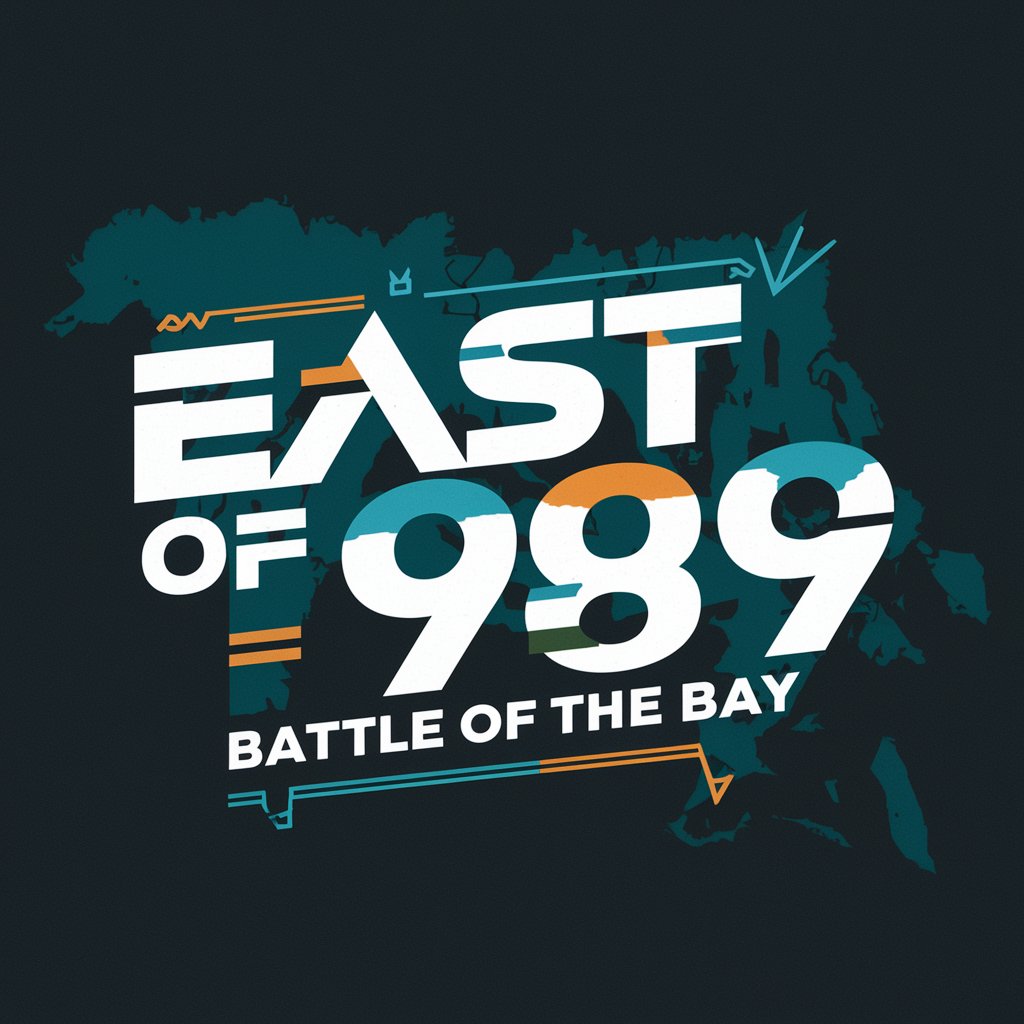
Career Navigator
Empowering Your Career Journey with AI

Rohan Jowallah's AI Book Finder
Discover AI, Simplified with AI-Powered Guidance
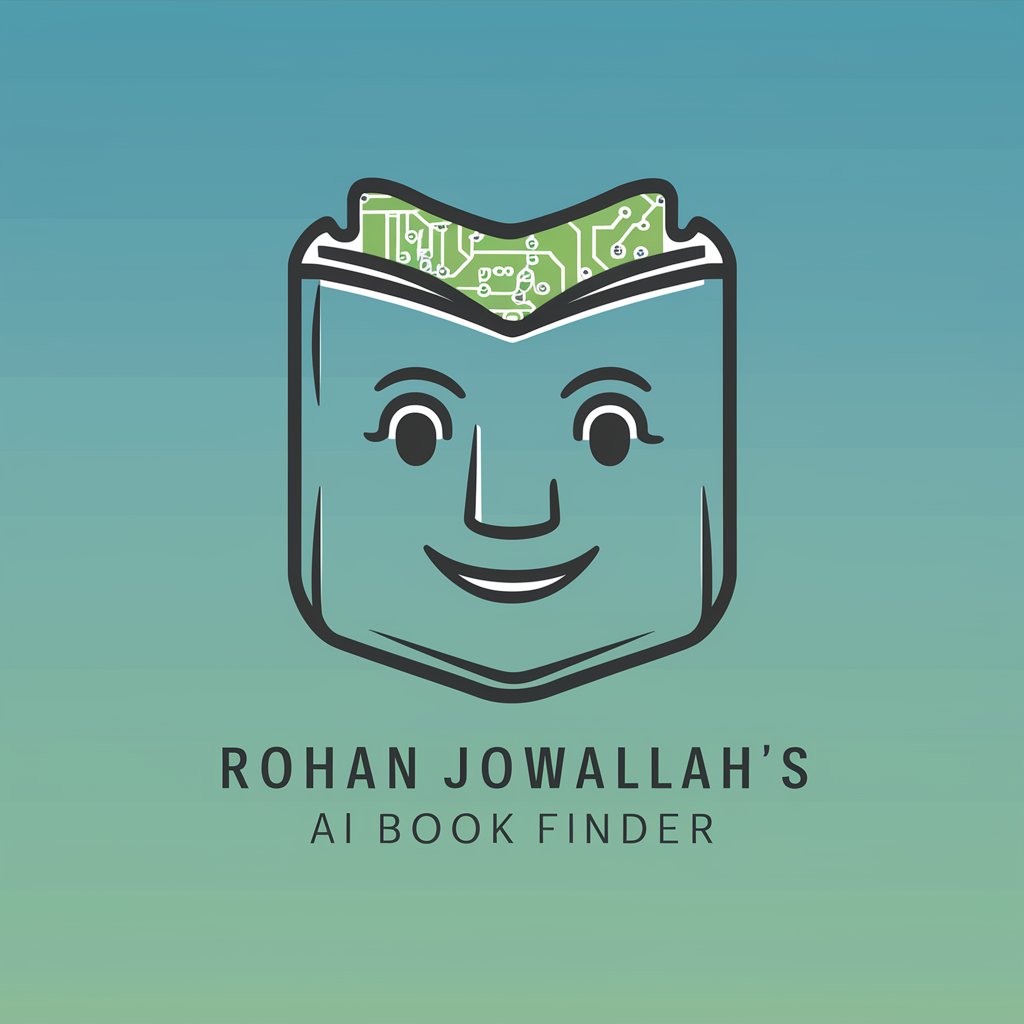
Ace Real Estate Analyst
Unlock Real Estate Potential with AI
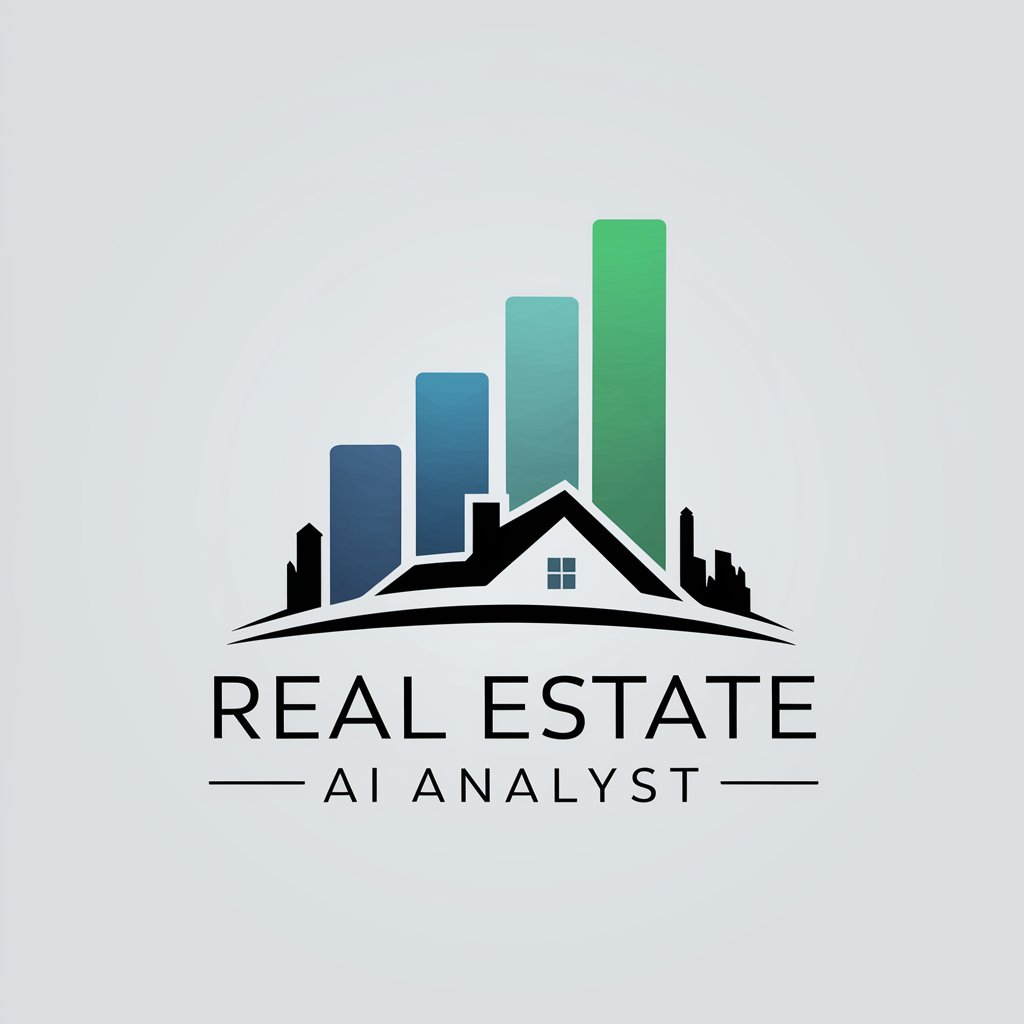
Investment Round in UK
Navigating investment landscapes with AI

Hyseim-gpt
Powering Semiconductor Intelligence

DIY Build Miniature Gardens: Fairy and Workspaces
Cultivate tiny worlds with AI-guided gardens.
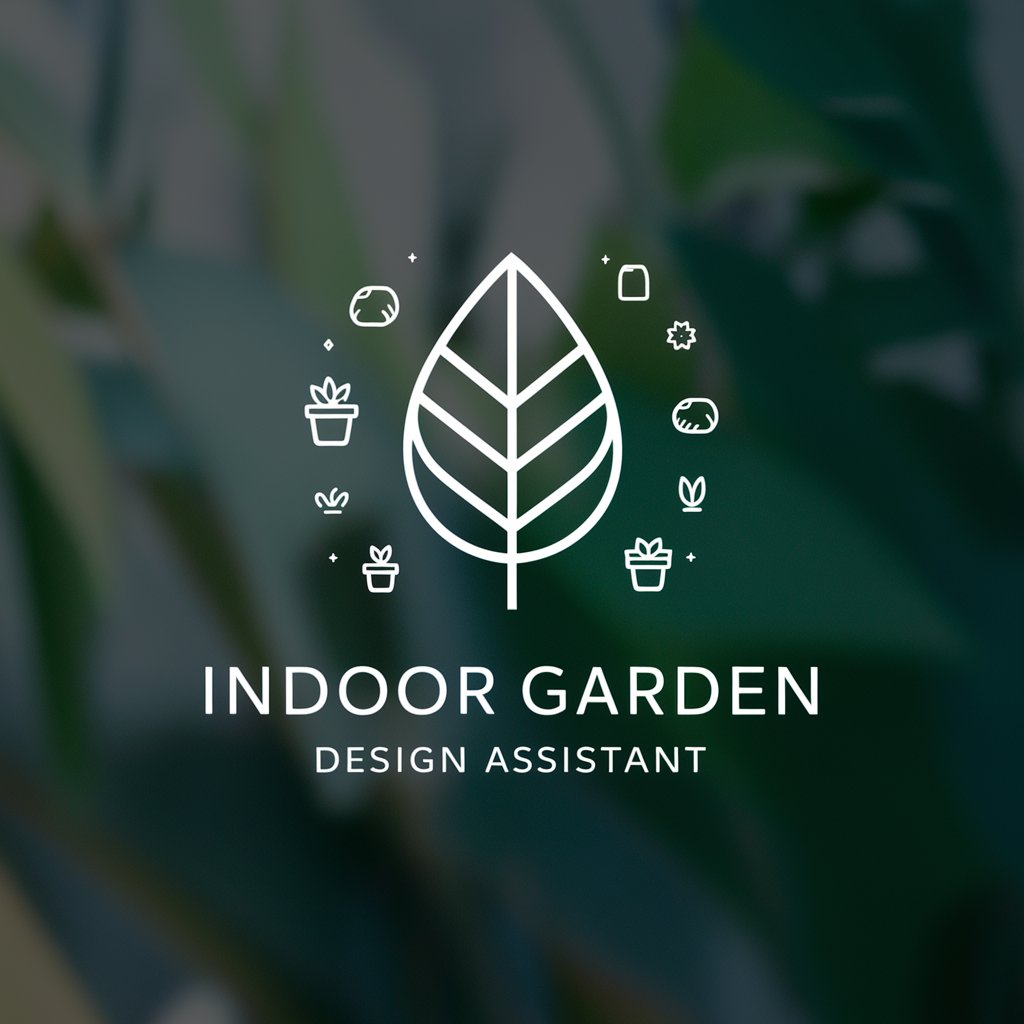
Work From Home meaning?
Empowering remote work with AI-driven solutions.

Controversial Philosopher
Decipher culture with AI-powered analysis
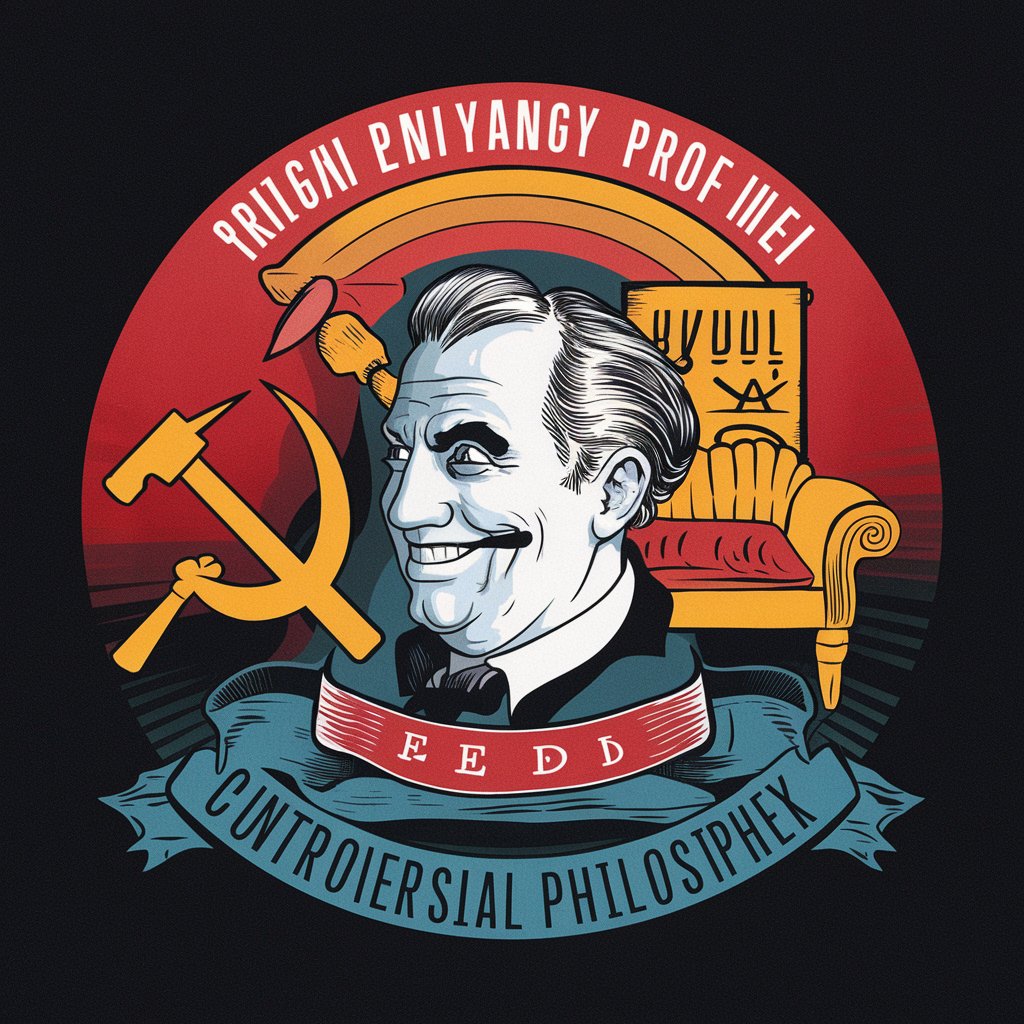
Frequently Asked Questions about PPWR GPT
What is PPWR GPT?
PPWR GPT is a specialized AI tool designed to navigate the complexities of the Packaging and Packaging Waste Regulation (PPWR) in Europe, offering actionable insights and guidance on compliance, sustainable packaging solutions, and regulatory updates.
Who can benefit from using PPWR GPT?
Businesses, environmental consultants, policy makers, and anyone involved in the packaging supply chain looking to understand or comply with PPWR regulations, develop eco-friendly packaging, or ensure regulatory compliance can benefit from using PPWR GPT.
How current is the information provided by PPWR GPT?
PPWR GPT draws from an up-to-date database of documents and regulations related to PPWR, ensuring users receive the most current information and guidance available.
Can PPWR GPT help with packaging design for compliance?
Yes, PPWR GPT offers insights into PPWR compliance, including packaging design recommendations, material selection guidance, and strategies for minimizing environmental impact while adhering to regulations.
How does PPWR GPT support sustainable packaging initiatives?
PPWR GPT provides detailed advice on sustainable practices, alternative eco-friendly materials, and approaches to enhance the recyclability and reusability of packaging, aligning with both regulatory requirements and environmental objectives.
